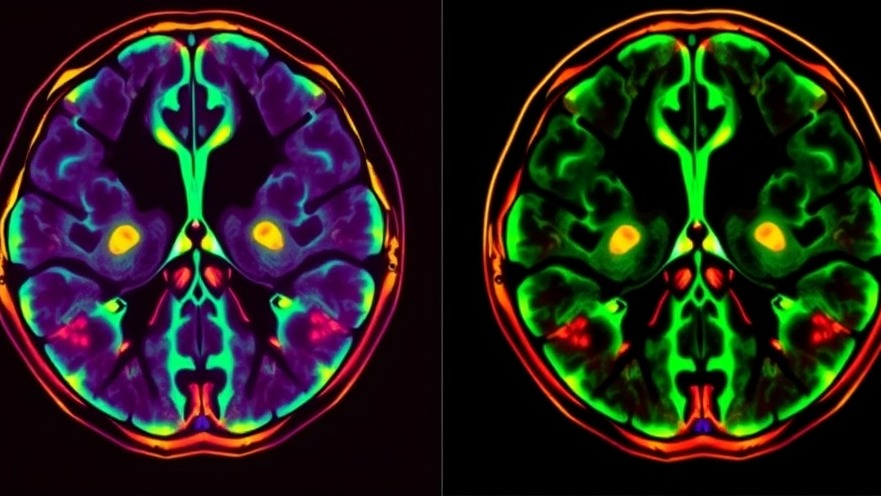
Unveiling the Future of Cancer Imaging
In an innovative leap for cancer diagnostics, researchers from UC Davis Health have refined the capabilities of the EXPLORER total-body PET scanner, significantly reducing the time required for parametric imaging. This advancement could have profound implications for both patient experience and diagnosis accuracy, transforming the way clinicians visualize metabolic activities in cancerous tissues.
Understanding EXPLORER's Breakthrough
The EXPLORER PET scanner is now at the forefront of a pivotal method called relative Patlak plot, which drastically shortens the duration needed for parametric imaging—from a typical hour to just under 20 minutes. This new technique not only maintains but enhances the image quality, striking a balance between efficiency and diagnostic precision. Professor Guobao Wang emphasizes that despite the conventional method's benefits, its lengthy scan time has limited its application. The adaptation of the Patlak model is poised to enable routine clinical PET scans, offering ease of use for patients and practitioners alike.
How It Works: The Science Behind the Scan
Cancerous cells have heightened metabolic activity, leading to the concentration of radioactive glucose tracers—tiny sugar molecules—within tumors during scanning. The EXPLORER excels in tracking these tracers through the body, enabling clearer visualization of cancerous areas. The traditional static PET imaging provided valuable qualitative data but at the expense of time and patient comfort. With the introduction of the relative Patlak method, improved tracking capability at a significantly reduced scan time stands to enhance the clinical workflow.
The Role of Artificial Intelligence in Medical Imaging
Crucial to the success of this method is an AI-driven process dubbed deep kernel noise reduction. This technique merges deep learning with traditional algorithmic noise management, yielding cleaner and more distinguishable images. Assistant Project Scientist Siqi Li highlights that this combination minimizes graininess and enhances image contrast, allowing for improved visualization of lesions and possibly the heart, leading to better patient assessments.
Applications and Implications for Oncology
The implications of this research reach far beyond mere time savings. Improved accuracy and enhanced imaging capabilities can empower oncologists to make more informed decisions regarding the diagnosis and management of cancer. The transition to faster and more precise imaging could facilitate earlier detection of tumors, potentially improving patient outcomes and treatment efficacy.
Patient Experience: Reducing Scan Fatigue
For patients, the prospect of undergoing an imaging scan can often be daunting. The traditional lengthy durations associated with PET scans can exacerbate anxiety and discomfort. A shorter scan time means less time in the scanner, which ultimately enhances the patient experience and reduces the potential for scan-related fatigue. This improved experience not only aligns with patient-centered care practices but could also encourage more individuals to seek necessary imaging exams.
Future Trends in Cancer Imaging Technologies
The advancements detailed here set the stage for broader adoption of parametric imaging, positioning EXPLORER as a cornerstone technology in the future of oncological diagnostics. As the landscape of medical imaging continues to evolve, the integration of AI and streamlined procedures will likely redefine how healthcare professionals approach patient diagnostics and management.
Conclusion: Embracing Change in Oncology Practice
In summary, the evolution of the EXPLORER PET scanning technology signifies a major step forward in oncology treatment and patient care. Centralizing rapid, high-quality imaging will enhance diagnostic accuracy and improve overall experiences for patients undergoing cancer detection procedures. Concierge health practitioners looking to stay at the forefront of medical advancements should take note of this technology and consider the implications it may have on their practice.
Staying updated on such significant advancements in medical technology is crucial for all healthcare providers aiming to provide the best care for their patients. Consider incorporating this knowledge into your practice and explore new ways of facilitating patient treatment processes.
 Add Row
Add Row  Add
Add 




Write A Comment